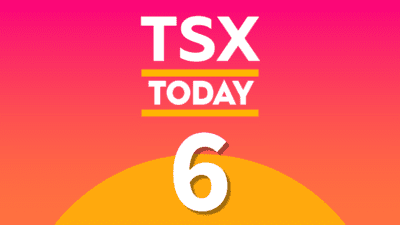The Canada Revenue Agency (CRA) provides residents with a range of benefits that can be claimed each year. In most cases, these benefits need to be manually identified and claimed by individuals or households. Here are three such CRA benefits most Canadians can grab in 2024.
RRSP deduction
A Registered Retirement Savings Plan (RRSP) is a retirement savings option for working and self-employed individuals. Here, you can lower your tax liability each year by making regular contributions to this registered account. Canadians can contribute up to 18% or $31,560 in their RRSP accounts in 2024.
So, if you earn $100,000 each year, you can contribute up to $18,000 to the RRSP, reducing your tax liability to $82,000. Moreover, any income earned in the RRSP is exempt from tax as long as it remains in the plan. Alternatively, you have to pay taxes to the CRA when you receive payments from the retirement plan.
First Home Savings Account
A First Home Savings Account (FHSA) is a registered plan that allows a first-time home buyer to save and buy a qualifying home tax-free. If you opened an FHSA in 2023, you can claim up to $8,000 in these contributions as a deduction on your income tax.
It’s essential to note that you can contribute up to a maximum of $40,000 to your FHSA over your lifetime. Additionally, transfers made from your RRSP to the FHSA will reduce the amount in line with the contribution limit.
Basic Personal Amount
The final CRA benefit Canadians can avail of in 2024 is the BPA (Basic Personal Amount), a non-refundable tax credit claimed by all individuals. The aim of the BPA benefit is to offer a full reduction from federal income tax to individuals with taxable income below the BPA and a partial reduction to individuals with taxable income above the BPA.
Basically, non-refundable tax credits such as the BPA reduce what you may owe to the CRA. Alternatively, if these tax credits are more than what you owe, you are not entitled to a refund on the difference.
Hold blue-chip stocks in the RRSP
Canadians need to focus on maximizing RRSP contributions each year to lower the tax bill. Further, you can hold qualified investments such as bonds, stocks, and mutual funds in the RRSP and benefit from the power of compounding. As the RRSP is a retirement account, you can consider holding exchange-traded funds, or ETFs, that track indices such as the S&P 500 index.
A low-cost index fund that tracks the S&P 500 should help investors derive inflation-beating gains over time. After adjusting for dividends, the index has returned over 10% annually in the last five decades.
The popular index offers exposure to some of the world’s largest companies, such as Microsoft, Apple, Nvidia, Alphabet, Meta, and Amazon. One TSX ETF that tracks the S&P 500 index is Vanguard S&P 500 Index ETF (TSX:VSP).
With more than $3 billion in total assets, the VSP is also hedged to the Canadian dollar, sheltering investors from fluctuations in foreign exchange rates.








